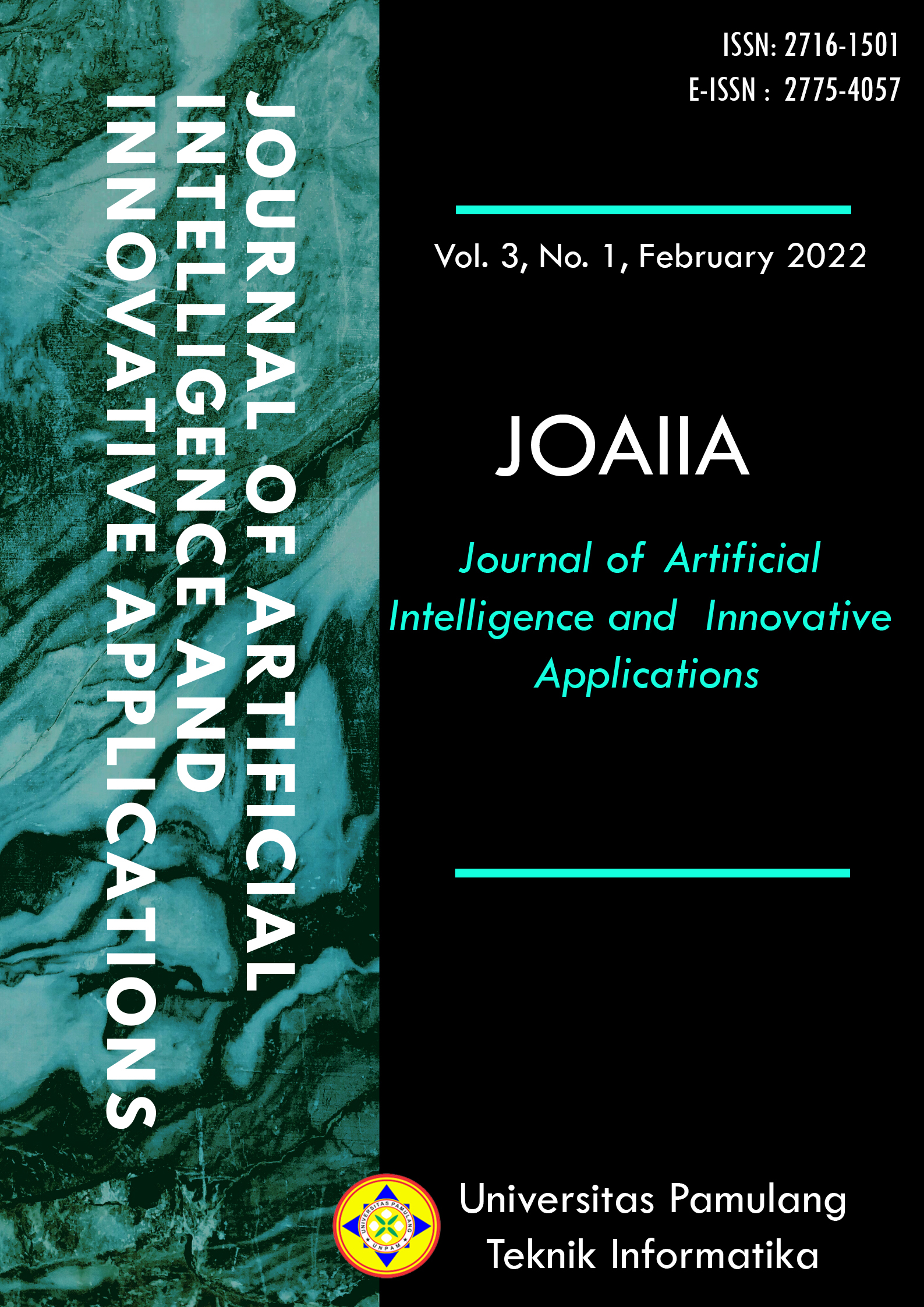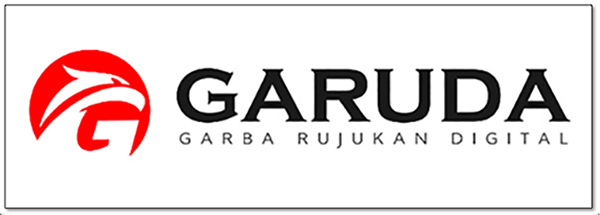Implementasi Qr Code Menggunakan Google Application Programming Interface (API) Dalam Membangun Sistem Informasi Warehouse Dengan Metode Extreme Programing Berbasis Web (Studi Kasus : Pt Bell Flavors & Fragrances Indonesia)
Keywords:
Warehouse, QR Code, Implementation, PHP, Extreme ProgrammingAbstract
The warehouse information system is a system that functions to control the course of transactions that occur in the warehouse. QR Code implementation is the application of a QR code that is created using the Google API and functions to view details of goods transactions and inventory. In the process of transactions carried out manually at PT. Bell Flavors & Fragrances Indonesia, which is a private company in the field of distributors of chemicals and products produced, namely, Flavors, Fragrances, Botanicals, Ingredient Specialties by inputting data into Microsoft Excel which was previously written manually on HVS paper takes a lot of time and causes errors on recording. The extreme programming method is used to solve problems that occur with the planning, design, coding, and testing stages. The information system built using the PHP programming language using Unified Modeling Language (UML) object-oriented analysis such as Use Case Diagrams, Sequence Diagrams, Activity Diagrams and Class Diagrams and using Black Box testing, White Box testing and questionnaire testing.References
I. Rusdiana, Sistem Informasi Management. Bandung: CV Pustaka Setia, 2019.
D. Hamidin, Santoso, and P. Mutianingsih, “Rancang Bangun Aplikasi Warehouse Berbasis Web Terintegrasi Dengan Qrcode,†J. Tek. Inform., vol. 10, no. 3, pp. 24–30, 2018.
R. Prathivi, “Analisa Sistem Qr Code Untuk Identifikasi Buku Perpustakaan,†J. Pengemb. Rekayasa dan Teknol., vol. 14, no. 2, p. 37, 2019, doi: 10.26623/jprt.v14i2.1225.
F. W. F. Andreyas Ariesta, Yumi Novita Dewi, Findi Ayu Sariasih, “Penerapan Metode Agile Dalam Pengembangan Application Programming Interface System Pada Pt Xyz,†vol. 7, pp. 38–43, 2021.
A. S. Akbar, “Rancang Bangun Sistem Informasi Administrasi Hotel Dengan Metode Extreme Programming,†J. Disprotek, vol. 8, no. 2, pp. 26–41, 2017.
T. Gumelar, R. Astuti, and A. T. Sunarni, “Sistem Penjualan Online Dengan Metode Extreme Programming,†J. Telemat., vol. 9, no. 2, pp. 87–90, 2017.
Munawaroh and N. Ratama, “Penerapan Teknologi Augmented Reality Pada Matakuliah Pengantar Teknologi Informasi Di Universitas Pamulang Berbasis Android,†Satin, vol. 5, no. 2, pp. 17–24, 2019.
A. O. Munawaroh, Normalisa, “Analisa dan Penerapan Sistem Inferensi Fuzzy Metode Mamdani untuk Penentuan Penerima Beasiswa,†Int. J. Artif. Intell., vol. 6, pp. 21–52, 2019.
E. H. Siswidiyanto, Ahmad munif, Diah Wijayanti, “Sistem Informasi Penyewaan Rumah Kontrakan Berbasis Web Dengan Menggunakan Metode Prototype,†J. Interkom, vol. 15, no. 1, pp. 18–25, 2020, doi: 10.35969/interkom.v15i1.67.
N. Ratama, “Implementasi Metode Fuzzy Tsukamoto Untuk Deteksi Dini Autisme Pada Balita Berbasis Android,†Vol. 3, No. 2, Pp. 129–139, 2020, [Online]. Available: Https://E-Journal.Stmiklombok.Ac.Id/Index.Php/Jire/Article/View/269.
M. Hasbani And N. Ratama, “Aplikasi Pengadaan Barang Dan Perlengkapan Rumah Tangga Pada Koperasi Pegawai Berbasis Web ( Studi Kasus Rsud Tarakan ),†Vol. 2, No. 1, Pp. 65–71, 2021.
A. Arsi, “Realibilitas Instrumen Dengan Menggunakan Spss,†Osf Prepr., Pp. 1–8, 2021.
N. Ratama And Munawaroh, “Perancangan Sistem Informasi Sosial Learning Untuk Mendukung Pembangunan Kota Tangerang Dalam Meningkatkan Smart city Berbasis Android,†SATIN – Sains dan Teknol. Inf., vol. 5, no. 2, pp. 59–67, 2019.








